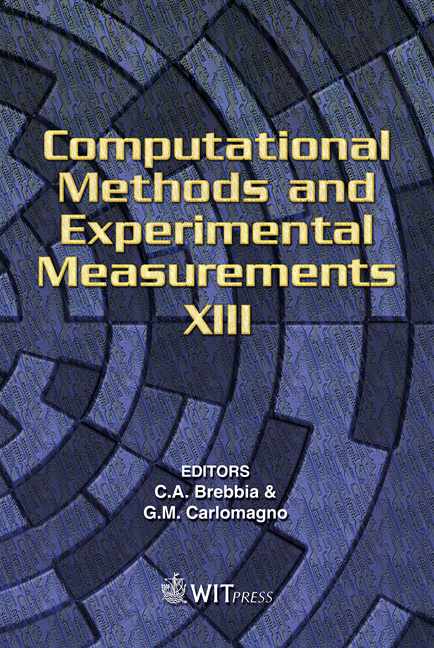Nitrogen Dioxide Detection Using An Optoelectronic Sensor
Price
Free (open access)
Transaction
Volume
46
Pages
9
Published
2007
Size
1,686 kb
Paper DOI
10.2495/CMEM070791
Copyright
WIT Press
Author(s)
Z. Bielecki, W. Kołosowski, G. Różański, E. Sędek & J. Wojtas
Abstract
Sensitive laser absorption spectroscopy requires a long effective pathlength of the laser beam in the analyzed media. Traditionally, this requirement is satisfied using an optical multipass cell. We present the opportunities of detection of nitrogen dioxide using cavity enhanced spectroscopies. These techniques can be applied for construction of a fully optoelectronic NO2 sensor with a detection limit better than 1 ppb. The setup usually includes the resonance optical cavity, which is equipped with spherical and high reflectance mirrors, the pulsed or cw laser and a photomultiplier which is connected with the digital oscilloscope or with others digitizers. The optical signal leaving a cavity can be used to determine an absorption coefficient of the intracavity medium. Keywords: optoelectronic sensor, absorption spectroscopy. 1 Introduction Nitrogen dioxide is one of the most important factors in atmosphere quality. At present, NO2 is commonly detected using the methods based on chemiluminescence. Their sensitivity reaches single ppb. Laser absorption spectroscopy is an effective tool in studies of gaseous species. The Beer-Lambert law for week absorption indicates that the minimum detectable concentration of absorbers is inversely proportional to the effective sample-path length, and directly proportional to the minimum intensity fluctuation detected by a photodetector. In order to increase the absorption sensitivity, the optical path through the absorber should be maximised and the relative-intensity variations should be minimised.
Keywords
optoelectronic sensor, absorption spectroscopy.





